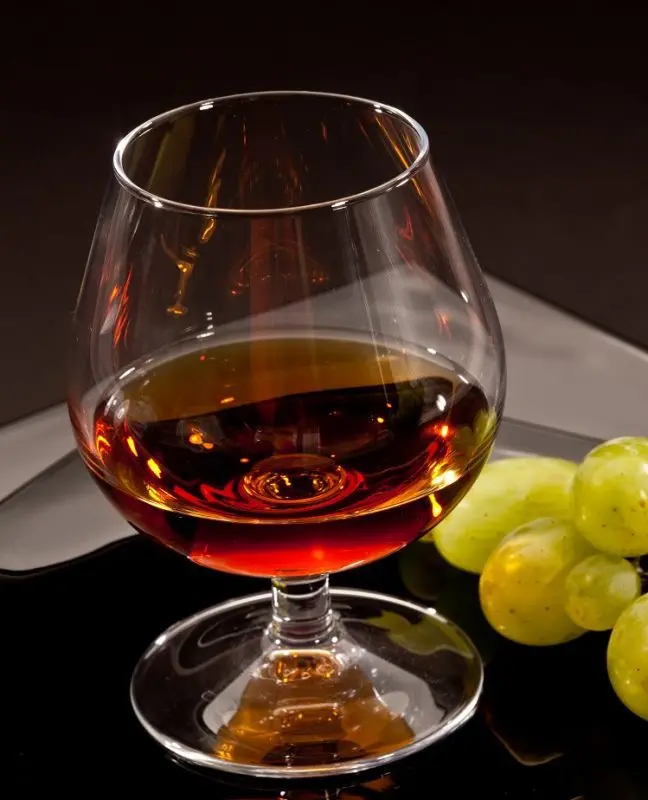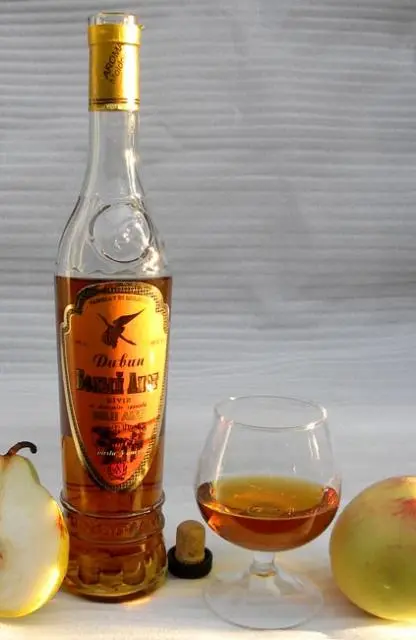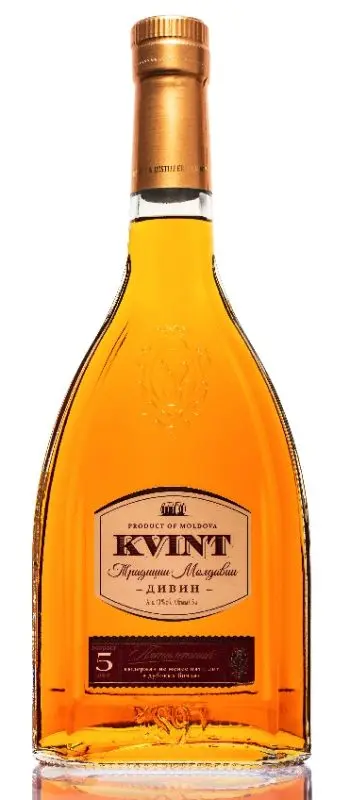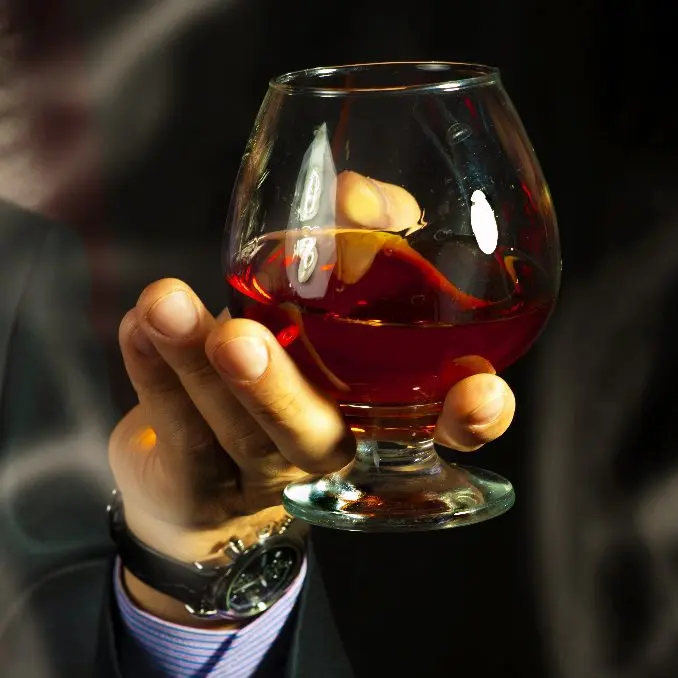Contents
Moldovan cognac – like any other grape spirit of non-French origin, officially belongs to the category of brandy. In order not to violate international law, the term “cognac” cannot be applied to such drinks, it is better to use the local name – “divin”. In the case of Moldova, brandy is not the main, but a by-product of winemaking. At the beginning of the XNUMXth century, the country possessed extensive vineyards and actively supplied red and white wine to the Russian market.
After the revolution, production did not stop, especially since in 1978 the Ministry of the Food Industry issued a decree ordering all Soviet republics to start producing local “cognacs”. For Moldova, the white stork divin has become such a demonstrative product.
Manufacture
Cognacs in Moldova are made according to French technology. After double distillation in copper stills, grape spirits age in oak barrels for 3-50 years. Then they are blended, sugar (features of Soviet technology) and caramel are often added to give the drink a noble amber color and soften the taste. The finished blend is kept in a barrel for at least another year, so that the spirits “marry” – mix into a balanced bouquet. Grapes from local vineyards are used as raw materials: Aligote, Riesling, Colombard, Ugni Blanc, etc.

Types and classification of divins
Moldova uses the following brandy markings:
- 3-5 stars – exposure time in years;
- DVM – exposure from 6 years;
- DVS – exposure from 8 years;
- DVV – exposure from 10 years;
- DVFV – an exposure of 20 years.
To get a certain category, divin must contain at least 75% of spirits of the appropriate aging, the remaining 25% of the blend may belong to the previous paragraph (if we are talking about DVV 10-year-old cognac, 25% of alcohols can be DVS aged “only” 8 years, etc.).
Brands of Moldovan cognacs (names)
“White stork” is a visiting card of Moldova, a brand produced by all manufacturers and does not belong to a particular winery. The right to the brand is challenged in the courts by several enterprises at once.
Doina is one of the best representatives of the KVINT line, the owner of many medals and awards. Exposure 9 years.
“Bouquet of Moldova” is an inexpensive divin costing from 4 euros. The quality matches the price.

Manufacturers
- KVINT is an abbreviation that stands for “Cognacs, wines and drinks of Tiraspol”. The oldest winery in the region (open since 1879), the company-owner of the lion’s share of the market. It produces more than 20 brandies, a dozen types of wine, the same number of vodka brands, three Calvados, one gin.
- Calarasi-Divin – the production, founded in 1896, produces more than 25 varieties of cognac aged from 3 to 40 years.
- Vinimpex – located in the south of the country, has been operating since 1997, produces 5 brands of divin.
- Vinaria Bardar – located in the village of the same name, specializes mainly in wines and Calvados, but also produces good brandy: “Caesar” (5 years of exposure), “Marshal” (7 years).
- Aroma – has been operating since 1898, although it received its current name only in 2000. It produces both ordinary and vintage cognacs aged up to 50 years.

Wine regions of Moldova

There are 4 main viticultural regions in Moldova:
- Codru (central). More than 60% of all vineyards in the country are located here.
- Balti (northern). It is local vineyards that supply the main raw materials for brandy, and high-quality white wines are also made here.
- Cahul (southern). The local climate contributes to the fact that a lot of sugar remains in the berries. Produces dessert wines.
- Pridnestrovian (in the southeast), which includes the Purcari microzone. Maritime climate, well suited for the cultivation of red varieties such as Merlot, Cabernet, etc.
How to drink
Divin is drunk like real cognac – in its pure form at room temperature from cognac glasses – snifters. Serve a drink before a meal, along with dessert or coffee. Brandy is either not eaten, or fruits, cheeses, dark chocolate are served with it.











